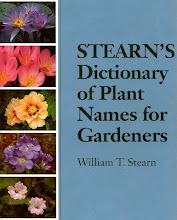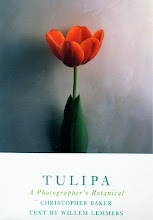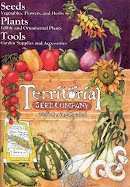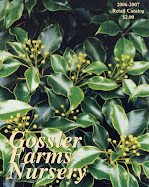Cupressus sempervirens illustration by Maxfield Parrish 1903
Chamaecyparis pisifera August 2008
Juniperus chinensis December 2009
Cupressaceae (the Cypress family) is exceptionally useful in Pacific Northwest gardens. Many members of the family grow here as native plants. The Cypress family includes species of Chamaecyparis & Thuja such as Alaskan Cedar, Port Orford Cedar, & Western Red Cedar. Chamaecyparis nootkatensis ‘Pendula’ has a very graceful, open form. Chamaecyparis lawsoniana has many attractive dwarf forms such as ‘Blue Surprise,’ ‘Lutea Nana’ & ‘Somerset.’ A smaller, narrower form of Thuja plicata (Western Red Cedar) is ‘Fastigiata.’ Other widely used genera of the family Cupressaceae are Cupressus, Juniperus, Thujopsis & exotic members of the genus Chamaecyparis such as Hinoki Cypress & Sawara Cypress. There are so many Junipers, I wouldn’t know where to begin. Don’t make the mistake of hating all Junipers because of the ubiquitous, sprawling Juniperus chinensis ‘Pfitzeriana.’ The Hillier Gardener’s Guide to Trees & Shrubs says Cupressus sempervirens ‘Swane’s Golden’ is 1 of the best medium-sized golden conifers for the small garden. Various forms of Chamaecyparis obtusa are popular here for their exceptional beauty. Chamaecyparis pisifera ‘Boulevard’ is a nice small tree with fluffy, blue foliage.
Familiar Members of Cupressaceae
Chamaecyparis (False Cypress)
Cupressus (Cypress)
Juniperus (Juniper)
Metasequoia (Dawn Redwood)
Sequoia (Coast Redwood)
Sequoiadendron (Sierra Redwood)
Thuja (Arborvitae)
Thujopsis (False Arborvitae)
Cupressaceae for Pacific Northwest Gardens
Chamaecyparis lawsoniana ‘Blue Surprise’ (Port Orford Cedar)
Chamaecyparis obtusa ‘Gracilis’ (Slender Hinoki Cypress)
Chamaecyparis obtusa ‘Nana Gracilis’ (Dwarf Hinoki Cypress)
Chamaecyparis nootkatensis ‘Pendula’ (Weeping Alaskan Cedar)
Chamaecyparis pisifera ‘Boulevard’ (Boulevard Cypress)
Cupressus sempervirens (Italian Cypress)
Juniperus chinensis ‘Torulosa’ (Hollywood Juniper)
Juniperus communis ‘Compressa’ (Dwarf Irish Juniper)
Juniperus conferta (Shore Juniper)
Thuja koraiensis (Korean Arborvitae)
Thuja occidentalis ‘Yellow Ribbon’ (Arborvitae)
Thuja plicata ‘Fastigiata’ (Hogan Cedar)
Thujopsis dolabrata ‘Nana’ (Dwarf False Arborvitae)





























































































